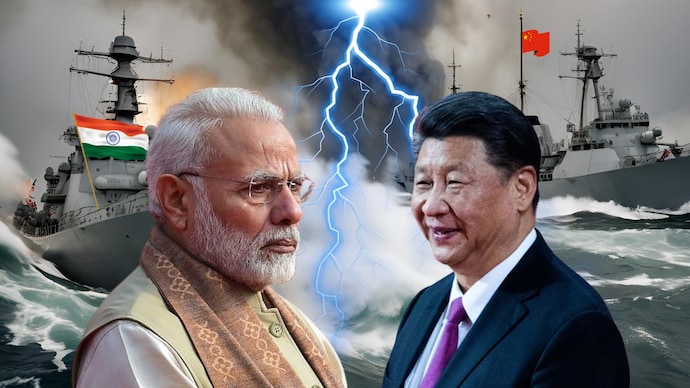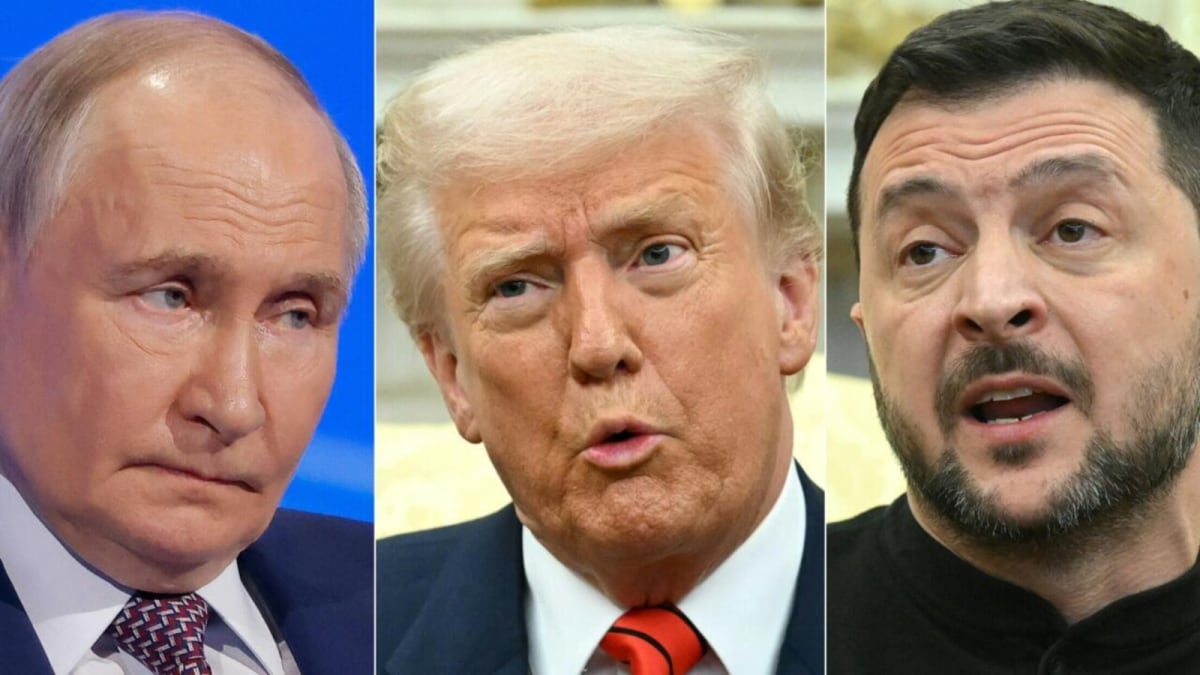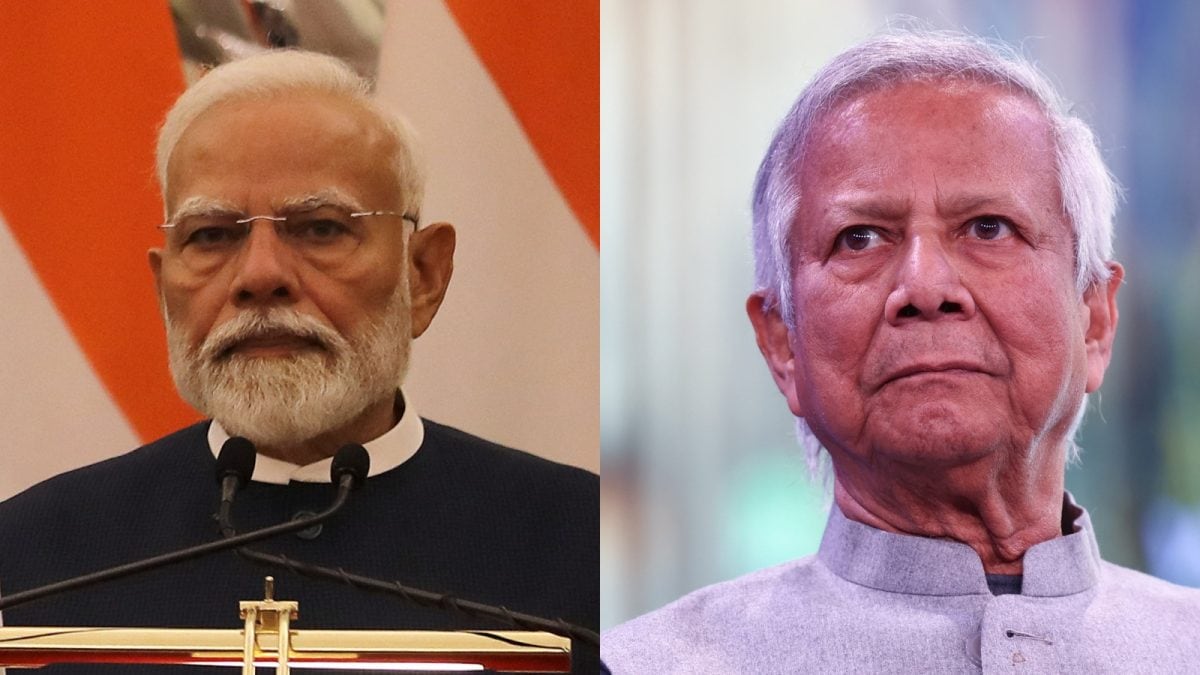A silent killer is lurking in the ocean, and no, it is not Levithan that the internet has been oh so raving about. This threat is very real and can pose a significant threat to India's security. Mysterious ships with hidden identities are operating under foreign flags, cutting through vital undersea infrastructure, and advancing China's naval ambitions—all while staying off the radar.

What is China’s shadow fleet?
A silent fleet is prowling the world’s oceans.
Mysterious ships with hidden identities are operating under foreign flags, cutting through vital undersea infrastructure, and advancing China’s naval ambitions—all while staying off the radar.
This is China’s shadow fleet, a ghost armada enabling grey-zone operations without leaving fingerprints.
A Ghost Fleet with Shifting Identities
These ships aren’t your ordinary cargo carriers. Known as China’s ‘shadow fleet,’ they operate under obscure ownership structures, frequently switch identities, and fly foreign flags—often from small, loosely regulated maritime nations like Togo or Cameroon.
This tactic allows Beijing to conduct military and intelligence operations while maintaining plausible deniability.
Sabotage at Sea
But what are they actually doing?
Take this: In February 2025, a vessel named Hong Tai 58 suspiciously damaged Taiwan’s undersea internet cables. Just months later, another ship—Shunxing 39—targeted the Trans-Pacific Express cable, a critical link for global communications.
These aren’t accidents; they’re part of a calculated strategy to disrupt, coerce, and control.
China has officially disclosed its development of a deep-sea cable-cutting device capable of severing 95% of the world’s armored underwater communication and power lines. Developed by the China Ship Scientific Research Center and the State Key Laboratory of Deep-sea Manned Vehicles, this tool operates at depths of 4,000 meters—twice the depth of most existing undersea infrastructure.
The disclosure serves as both a propaganda tool and a strategic warning. By demonstrating capability at unprecedented depths, China signals its ability to cripple adversaries’ communications during conflicts while maintaining plausible deniability.
Expanding Influence in the Indian Ocean
China isn’t just disrupting communication lines—it’s extending its maritime influence far beyond the Pacific.
One strategy is military partnerships. Exercises like Sea Guardians with Pakistan provide cover for submarine deployments. Then, there’s strategic port access—dual-purpose vessels docking in friendly nations under the pretense of research or refueling, like the Shi-Yan 6 spy ship in Sri Lanka.
And let’s not forget the long game—China aims to be a true blue-water navy by 2049, ensuring control over key sea lines of communication (SLOCs), maritime trade routes, infrastructure investments, and regional diplomacy.
A Threat to India’s Security and Economy
The ships used by China are often old, poorly maintained, and registered in countries with lax maritime laws. Why? Because it allows China to deny involvement while still exerting influence. Many of these vessels disable tracking systems, change their names, and even switch identities to stay off the radar. And they’re already causing real damage.
India faces mounting risks across multiple fronts:
Maritime security risks: Chinese research and fishing vessels operate dangerously close to India’s Exclusive Economic Zone (EEZ), while submarines linger near critical chokepoints like the Strait of Hormuz and Malacca.
Economic threats: A staggering 80% of India’s oil imports travel through these waters. If China disrupts SLOCs or targets undersea cables, it could cripple the economy.
Strategic encroachment: Beijing is building influence through Indian Ocean forums and even coordinating hybrid operations with Russia, challenging India’s regional leadership.
Alliance tensions: India’s partnerships in the Quad (with the U.S., Japan, and Australia) are crucial, but any escalation in the Taiwan Strait or South China Sea could trigger Chinese retaliation.
India’s Response: Countermeasures and Challenges
So, what is India doing to counter this growing threat? The response is multi-pronged, but challenges remain.
India has blacklisted 52 Chinese ships suspected of grey-zone activities while increasing Coast Guard inspections. New agreements with the U.S., Japan, and Australia are helping India acquire cutting-edge maritime surveillance technology to track and counter China’s maneuvers. Aircraft carriers, P-8I patrol aircraft, and anti-submarine warfare capabilities are expanding, but can they match China’s 45+ anti-piracy task forces? Probably not.
To counter cable sabotage, India and its Indo-Pacific allies must invest in redundant undersea internet and power grids, ensuring connectivity and security even if key lines are cut.
China’s Shadow Fleet Beyond Asia
Far down in South America, beyond the shimmering coastline of Argentina, a ghostly fleet emerges—over 500 Chinese fishing vessels, a floating city at sea. Their powerful lights lure in squid, a lifeline for Argentina’s economy and marine ecosystems. But as authorities approach they vanish. Tracking systems go dark. The fleet melts into the night.
This isn’t an isolated incident. It’s a global crisis. China’s distant-water fishing fleet—numbering over 2,500 vessels—harvests millions of tonnes of fish every year. But their methods? Illegal. Unreported. Unregulated. Also known as IUU fishing.
In the Indian Ocean, a 2024 report revealed 86 cases of illegal fishing and human rights abuses tied to Chinese vessels. Tuna, sharks, and entire marine ecosystems are being wiped out. And behind it all? A powerful backer—the Chinese government.
Beijing heavily funds its fishing armada—covering fuel, equipment, even shipbuilding costs. And these aren’t just fishing boats. Many are part of a shadowy maritime militia, doubling as intelligence-gathering tools, extending China’s reach far beyond its shores.
The cost? Coastal communities in Argentina, India, and across the Indian Ocean face dwindling fish stocks and economic hardship. Fisheries collapse, and resentment grows.
The World is Pushing Back
Argentina is conducting joint naval drills with the U.S. to crack down on illegal fishing. India is boosting surveillance and rallying regional partners. And at the Indian Ocean Tuna Commission, China’s attempts to evade scrutiny have been blocked.
Publicly, China claims ‘zero tolerance’ for illegal fishing. Yet, subsidies continue. Fleets expand. And the destruction of ocean life accelerates.
A Maritime Crisis in the Making
If the world doesn’t act fast, China’s shadow fleet will leave behind empty oceans, shattered economies, and a maritime crisis that could spiral out of control.
One thing is certain: the battle for dominance in the Indo-Pacific is just beginning. And as these grey-zone operations continue, the world must decide how to respond.
Published By:
indiatodayglobal
Published On:
Mar 26, 2025

 3 weeks ago
3 weeks ago


















